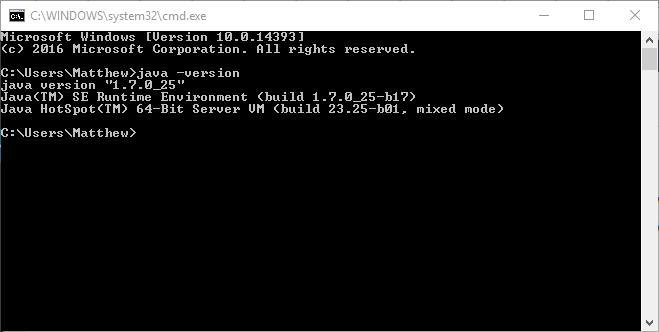
- JAVA JAR FILE VIEWER HOW TO
- JAVA JAR FILE VIEWER UPDATE
- JAVA JAR FILE VIEWER CODE
- JAVA JAR FILE VIEWER DOWNLOAD
Without JAD, when we click on the above link it will be like below (i.e not able to see the source code).
JAVA JAR FILE VIEWER CODE
JAD – JAVA decompiler is one of the plug IN which will decompile and provide us the source code.įor example, if we want to see the below source code for the below spring given class
JAVA JAR FILE VIEWER HOW TO
Welcome to use the Eclipse Class Decompiler.Today i am going to post the article on how to decompile the third party jar files source code to debug it.
JAVA JAR FILE VIEWER UPDATE
Meanwhile, if the Eclipse IDE upgrades or a new decompiler appears, I will also update this plugin. The plugin is stable now, but it still has several issues to be fixed.
JAVA JAR FILE VIEWER DOWNLOAD
You can download the plugin on the Eclipse Marketplace webpage or in your Eclipse installation:

Please also check the startup option and set the "Class Decompiler Viewer" as the default class viewer, otherwise the decompiler plugin is no longer effective. The most important setting is the "Default Class Decompiler", you may change it frequently. You can open the Eclipse perference dialog to set the preference for yourself. The decompiler preference settings section is found here "Window > Preferences > Java > Decompiler". Drag and drop the class file to the Eclipse editor area, the decompiled source code will display. The decompiler plugin can decompile the class file outside of the Eclipse IDE as well. You can export the decompiled codes from one or more classes, even the whole jar. But the decompiled source codes of these decompilers are not the same, you can choose the one that works best for you. If you choose them as the default decompiler, when the class compliance level is Java 8, the decompiler plugin will decompile the code by FernFlower automatically.įernFlower, CFR, and Procyon also support Java 8 Lambda expression.

If the jar binds javadoc in the Eclipse workspace, the api document will display on the decompiler viewer. The decompiler plugin implements the JavaDoc feature. Support JavaDoc and Java 8 Lambda Expression The decompiler plugin will ignore your debug mode choice. When your Eclipse workspace is in debug perspective, the debug mode becomes the default. The second way is to check the debug mode in the decompiler menu bar. The first way is to set the decompiler preference, and to realign the line number.

There are two ways to debug a class file. If the class file contains debug attributes, you can debug it in the Eclipse Class Decompiler Viewer. You can set the default decompiler of your choice in the Eclipse preference section. FernFlower supports all Java versions, but JD is the fastest. The decompilers I highly recommend are FernFlower and JD. The Eclipse Class Decompiler integrates all of them in one plugin. FernFlower, CFR, and Procyon are new modern decompilers that support Java 8. Then JD appeared, it supported Java 7, much better than Jad. Jad was so old that it didn’t support Java generic type. The first Java decompiler was Jad, and the initial release was before 1999, 18 years ago. The following graph is the decompiler plugin architecture diagram: JDT provides a lot of features and has good scalability, so the decompiler plugin can be implemented easily. The plugin now supports five decompilers and is based on the Eclipse JDT plugin. I decided to create a new decompiler plugin, and the initial version contained Jad and JD. But it didn’t support Eclipse 4.x, and the author didn't maintain it anymore. When the Eclipse version was 3.x, I used the JadClipse plugin. It also integrates Javadoc and supports the syntax of JDK8 lambda expressions. And you can debug these class files directly without source code. It displays all the Java sources during your debugging process, even if you do not have them all. It integrates JD, Jad, FernFlower, CFR, and Procyon seamlessly with the Eclipse IDE.

Read the security bulletin.Įclipse Class Decompiler is a plugin for the Eclipse platform. Warning! This solution has been removed from Eclipse Marketplace and the Eclipse Foundation strongly suggests that users update to the new Enhanced Class Decompiler.


 0 kommentar(er)
0 kommentar(er)
